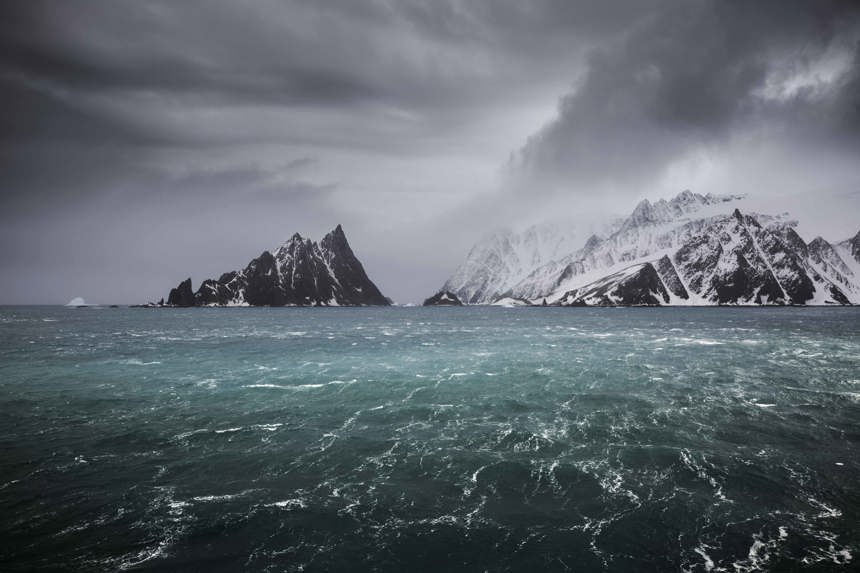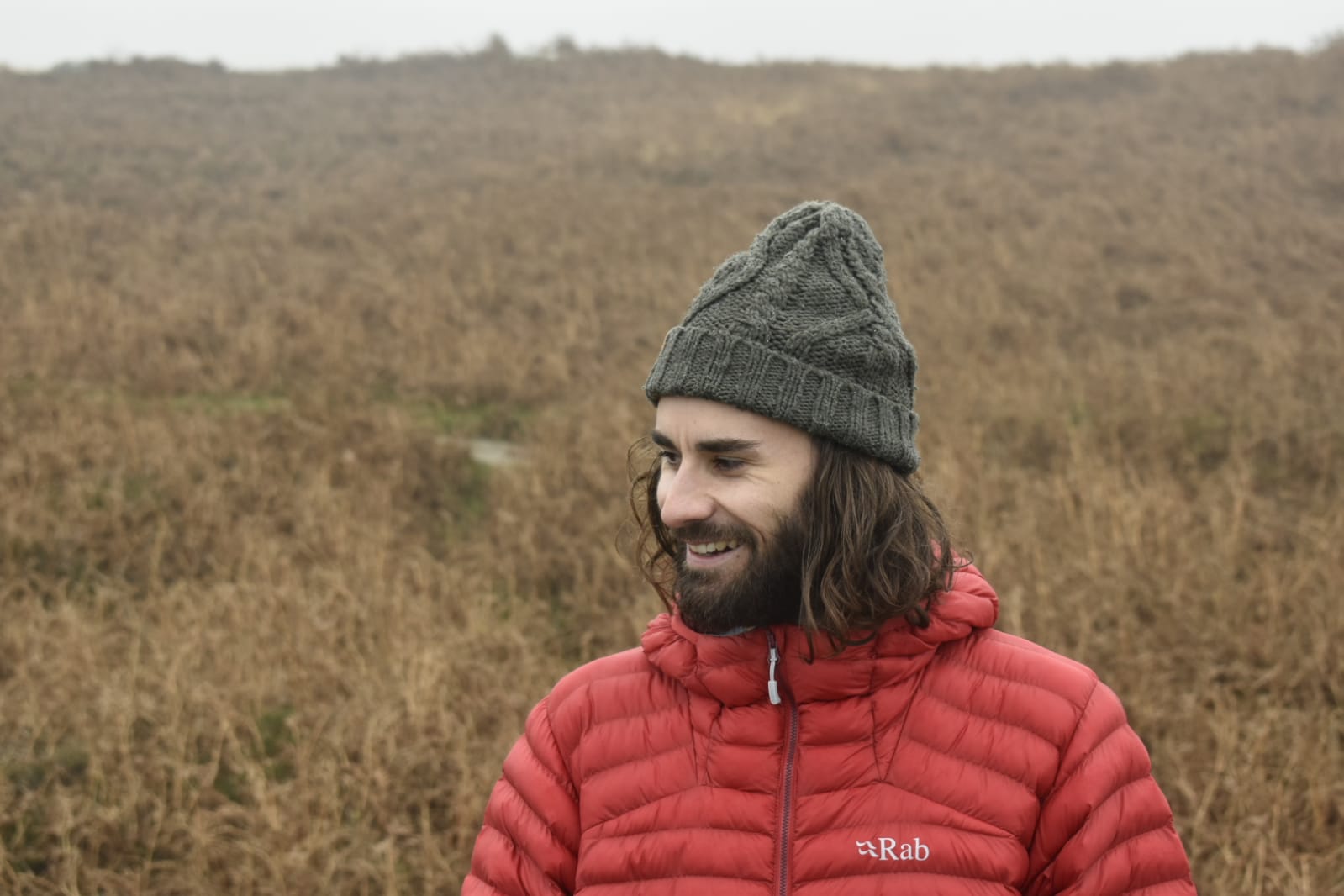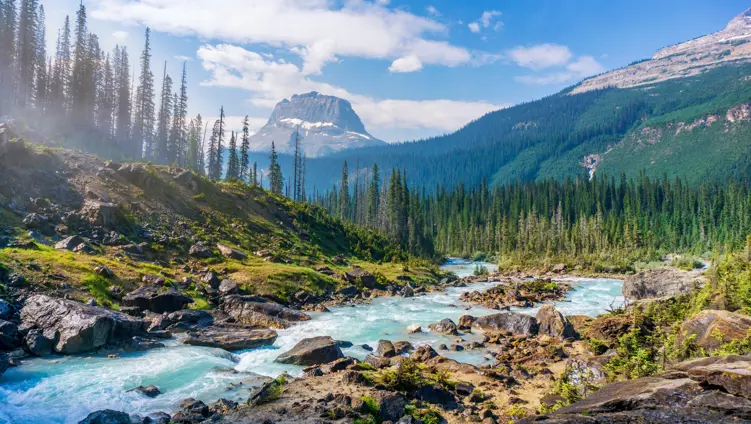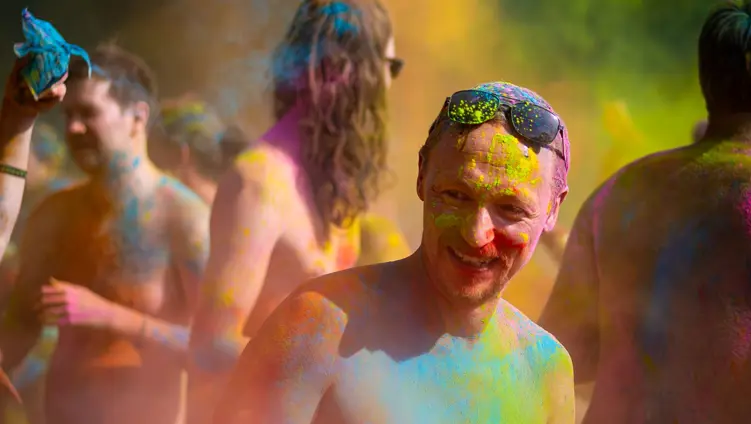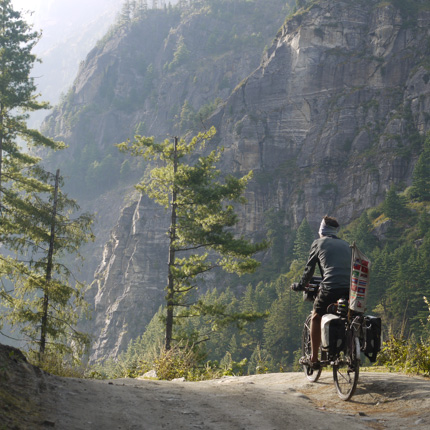
How did the Collective form, and what are its aims?
The Wilderness Art Collective was set up to support and unite artists, scientists, organisations and individuals in discussing the plight of the world's wildernesses and wildlife. Collective members are multi disciplinarians whose techniques form a broad range of specialties including painting, drawing, sculpture, installation, writing, digital techniques, film, sound, and music.
The Collective was founded by three artists - Sam Gare, Luke M Walker and Catalina Christensen - after seeing the value in bringing like-minded creatives together. Not only do we aim to support artists through helping them in their practice, creating a community and offering practical opportunities such as exhibitions and events. We also recognise the importance of numbers in gaining traction to make actual change. We aim to highlight the plight of the world's wildernesses and wildlife; to act as a space for discussion about our interaction with the environment; to encourage re-engagement with the natural landscape, and to promote preservation and care through art and other creative endeavours.
What value does the collective see in linking artists with adventure?
Whether exploring ideas, landscapes or materials, many artists regard themselves as adventurers into the unknown. We saw the Collective as an opportunity to make these connections more explicit and create a platform where a group of different disciplines could come together to discuss and share ideas around landscape and wilderness, and their own personal adventures with the landscape.
Adventure, storytelling and the outdoors is an integral part of many of our artists’ practice, and adventure is heavily interwoven into their lives; it inspires, it resets, and for many artists, the actual act of an adventure is their practice, with the resulting work a direct response to adventures in the great outdoors.
This can be seen in artists such as Lucy Devenish, whose practice is driven by her explorations of remote landscapes. Her work results from numerous journeys to far-flung coastal areas of the British Isles where she makes wild swims. Each long swim stands as an artistic act of endurance in itself whilst her activity in the studio deals with the mapping and memory of these immersive encounters with the coastline.
While other artists, such as Anne-Laure Carruth, have driven the Mediterranean to experience and document everyday life in North Africa and the Middle East. Hannah Scott has embarked across the world on a cargo ship from the UK to New Zealand, exploring consumerism and materialism, and Catalina Christensen has travelled to the Arctic north to explore changes in ice.
We see art as evocative, inspiring and a moving way to communicate thoughts around our relationship to the land. We help to turn an idea, a thought and a creative adventure into an opportunity to inspire change. Art itself can be an adventure, and the Collective’s role is to act as the platform for artists to share their voice.
Arctic Sunset, by Peter Geraerts
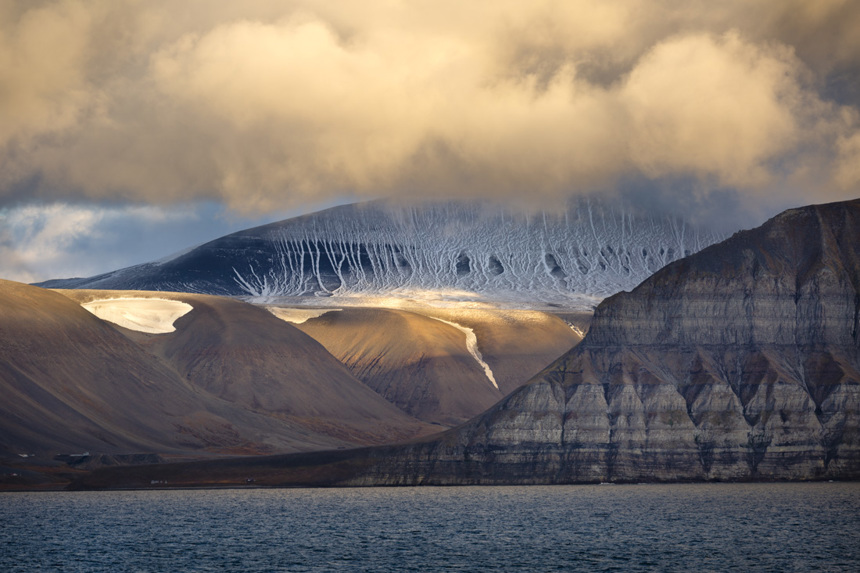
What role do you see art playing, through the collective, in addressing climate and environmental issues?
In times when the mainstream news media seems focused on hyperbole and extreme examples of ‘climate change’, we see the artists’ role as a more reflective, meditative space in which to explore these ideas and challenge perceived opinions. Whether it is looking at the consumption and transport of materials around the globe, seen in the work of Hannah Scott, or species extinction and decline, artists have the space and time to explore these in ways to broaden the debate and avoid the polarisation of views that occurs so often in political discussion.
We believe that art can act as a thought-provoking communication channel to discuss messages around conservation and our reciprocal relationship with the natural landscape around us. Art offers the viewer a new way into a discussion, especially for those who may have struggled to engage with and digest scientific data. Our artists’ work is predominantly visual, and is often more emotive, thought-provoking and less forceful, and we feel this garners more potential for positive change, for insisting on a response, for reaching a wider and more diverse audience and for promoting preservation and care of our environment.
Do you see the meaning of ‘ wilderness’ changing culturally, in this time of mounting climate crisis and relative political uncertainty?
One of the perceived wisdoms around ‘wilderness’ that many of our artists are already discussing in their work is that it must be ‘untouched’ by human hands, when realistically humankind has pretty much explored every corner of the globe and colonised much of it. We prefer to think of wilderness in terms of the places where wildlife may still continue to thrive, with a balance and varied biodiversity. This might be the relatively unsullied tundras of the Arctic or a piece of neglected scrubland under a motorway flyover. Being able to just take a walk to observe nature in action from your own back door is something available to nearly everyone and this is something we aim to encourage.
However, the protection of our true wild spaces is also paramount, and we see our artists’ role in celebrating these places or highlighting environments under threat through their work, as seen in the work of Peter Geraerts, Luke M Walker, William Bock, Sam Mould and Sam Gare.
Wilderness is a word that itself reflects two sides of the same stone, poetically reflecting our own behaviour as a species: the ‘wild’ side represents the dangerous, harsh, uninhabitable and living on the edge - contrasting the peacefulness, freedom, simplicity and beauty that the word evokes. Over time it appears the connotations and use of the word ‘wilderness’ have slowly moved away from the harshness and wilds, and more towards natural beauty, peace and freedom associated with the word. More people aspire to visit the wilderness for escape, and more companies are using the world to represent peace and quiet. It would be our hope that this is a reflection on our changing awareness and growing positive relationship to our natural environment and not a continuation of turning our natural landscape into a commodity. As artists, we want to continue to keep this discussion going and help tip the balance towards the positive associations with wilderness and to reconnect us all with our natural environment.
Below we feature a number of the Collective's artists responding to the climate crisis in adventurous ways.
Hannah’s work explores ways of visualising and communicating environmental change. She is inspired by science and nature as well as cultural and political topics related to identity; lifestyle; and loss. Hannah is fascinated by the Earth, Universe, speculative landscapes and futures. She creates journeys and performances; immersive and site-specific installations; experimental films; photographic archives; collaborations with artists and scientists; drawings, paintings and sculptures; collections of artefacts, words and ideas.
All this Stuff is Killing Me (2018/2019) is a low-carbon footprint journey around the UK and New Zealand considering the relationships between mass-consumption, personal identity and environmental change. Beginning in June 2018, I shed material possessions and set off by bicycle, taking only what I needed. Along the way I visited a series of Amazon distribution centres, spent a month at sea onboard a cargo ship, and visited sites of personal significance.
Images from Hannah Scott's All This Stuff is Killing Me project

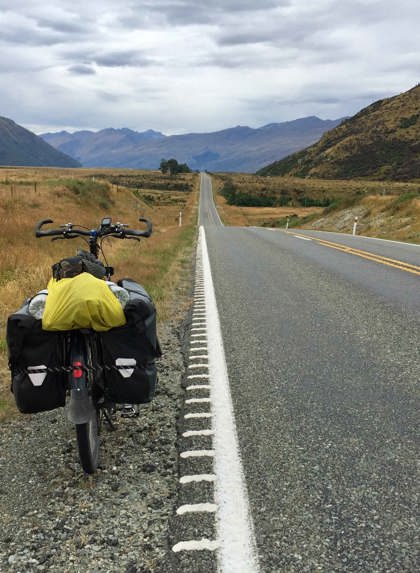
William Bock is an interdisciplinary artist working in the UK and Ireland. Bock’s practise delves into the experiences of living between cultures, landscapes and identities. He uses photography, painting, sound recording, performance and installation to explore the connections between people, land, community, migration, ecology and identity.
Rewilders is a series of photographic portraits created by William and another ‘performer’. Bock collects wild plants and materials found in specific natural environments assembling them onto the face of another person lying in that same location. The portraits celebrate the untamed and uncertain borders between human and plant life, merging the unique biodiversity of a given landscape with the human beings that inhabit it.
Images from William Bock's Rewilders project

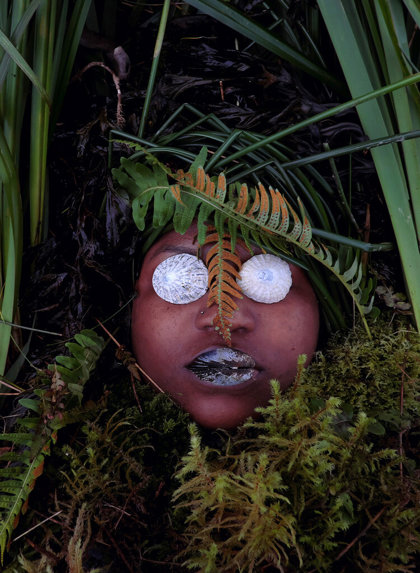

Creative explorer Anne-Laure Carruth works across the disciplines of art, architecture and design. Her recent journeys have taken her to North Africa and the Near East, Iran, Mexico and Greenland in search of wild landscapes to paint and new cultures to discover. Her work is based in nature, plants and remote landscapes being her biggest inspiration. By depicting them she explores her place on earth, her connection with the living world. Currently her work focuses on the importance of biofilia and rewilding ourselves in order to shift to a more sustainable existence on this planet. Closer to home Anne-laure also explores the realms of the mind, more specifically in terms of mental health, depression and anxiety. She curiously explores ways of communicating with others the darkness within as a way of working through each episode, but also as a way to engage others to talk about their own mental health.
For Arctic Voyage (2018), Anne-Laure was invited to take part in this very special arctic sailing voyage in eastern Greenland by Anne Lydiat, artist and sailor based in the UK. As part of her final PHD chapter she was to follow in the footsteps of a formidable female arctic explorer in the 1930’s, Louise Arne Boyd. They received special permission to sail into the largest national park in the world, and were the only two vessels in the region for the week they were sailing there.
For Shifting Sands Expedition & Exhibition (2014/2015) "we left our jobs and secure London lives to drive our 1971 Land Rover around the Mediterranean to experience and document everyday life in North Africa and the Middle East. Our aim? To add a positive layer of information to the picture portrayed in the mainstream media, interweaving the stories of the people we met with our own. Driving through sensational landscapes and vibrant cities we navigated noise, exhaustion, discomfort, searing heat and numerous breakdowns – and came across generosity and creativity in every place we went, making friends often in the most unexpected of circumstances.
Images from Anne Laure-Carruth's Arctic Voyage (left) and Shifting Sands projects

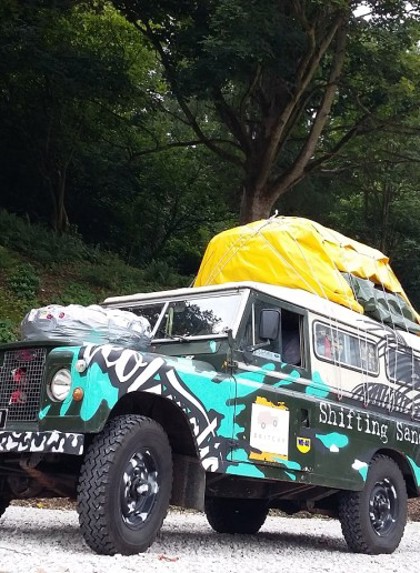
Lucy Devenish (MA Fine Art) currently lives and works in Sussex. Her practice is driven by her explorations of remote landscapes. The source of her work is a desire to be bodily and sensorily immersed as fully as possible in landscape, approaching it not as a scene to be viewed but as a space to be experienced. Making journeys to coastal areas of the British Isles, she sketches in the landscape and undertakes wild swims, which she films using a head camera. Adhering to tight conceptual parameters, the making of each swim is an act of endurance and immersion – working becomes breathing, sweating, struggling.
Back in the studio, Lucy translates the sketches she has made, the maps she has scrutinised and the footage from the swims undertaken into bodies of work relating to the coastlines experienced. Recognition of the dispersal of her wake in the water is the driving force for making through which she seeks both to recollect and to map her swims. The act of moving through wild water is exhilarating, nerve-racking, intensely vibrant; yet, even though each immersion is captured on digital film, there is constant awareness that this – this now, this sensation – can neither be relived nor truly shared. Her work acts as an elegiac realisation of this paradox.
Lucy Devenish self-portrait
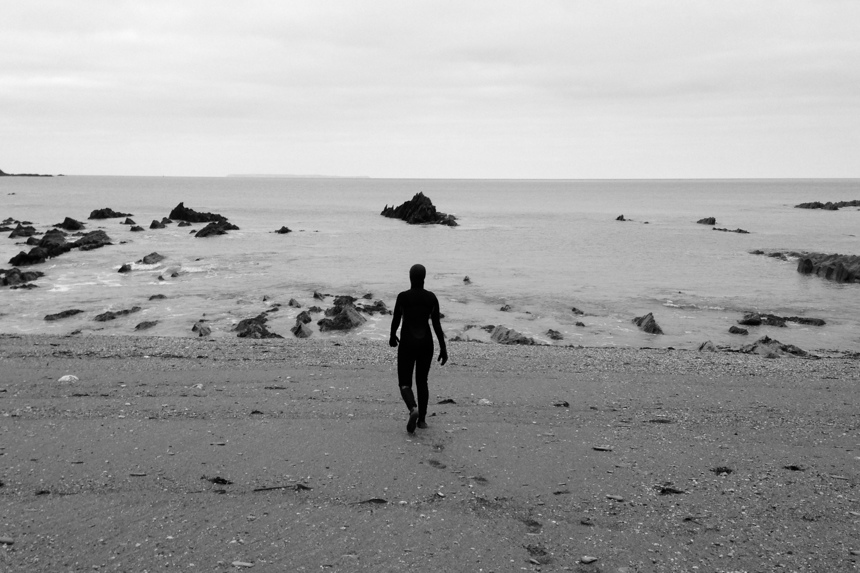
Peter Geraerts is a photographer living in Bedfordshire, with a love of both wildlife and landscape photography. "Wilderness is a word increasingly at odds with most of our modern lives," he writes. "One definition refers to a region that is uncultivated, uninhabited and inhospitable. As the world population increases - more than doubling since he was born - we would expect that many of these areas of wilderness will come under increasing pressure to be inhabited and built upon."
"There is now the increased opportunity to reach some of these places, often so much more quickly than our predecessors, and certainly with much less danger. Before that innocence is lost, we should take the time to appreciate the un-trampled beauty in front of us and try and look at the wilderness through the eyes of those pioneering explorers that first came upon them."
Elephant Island, by Peter Geraerts
